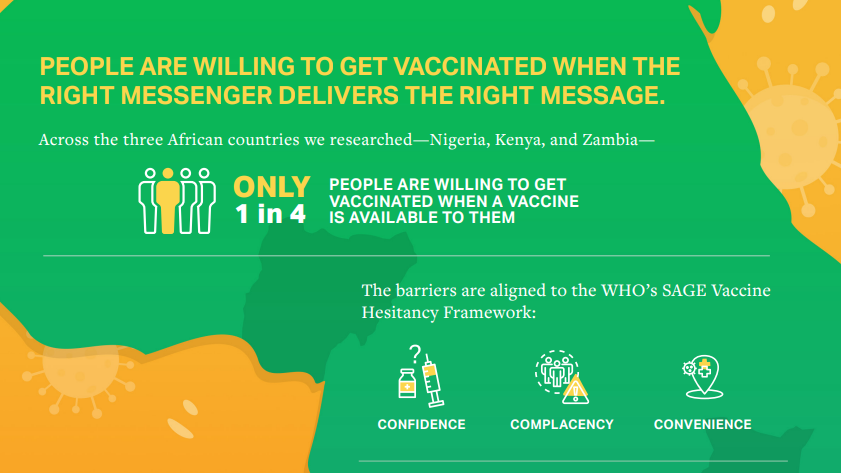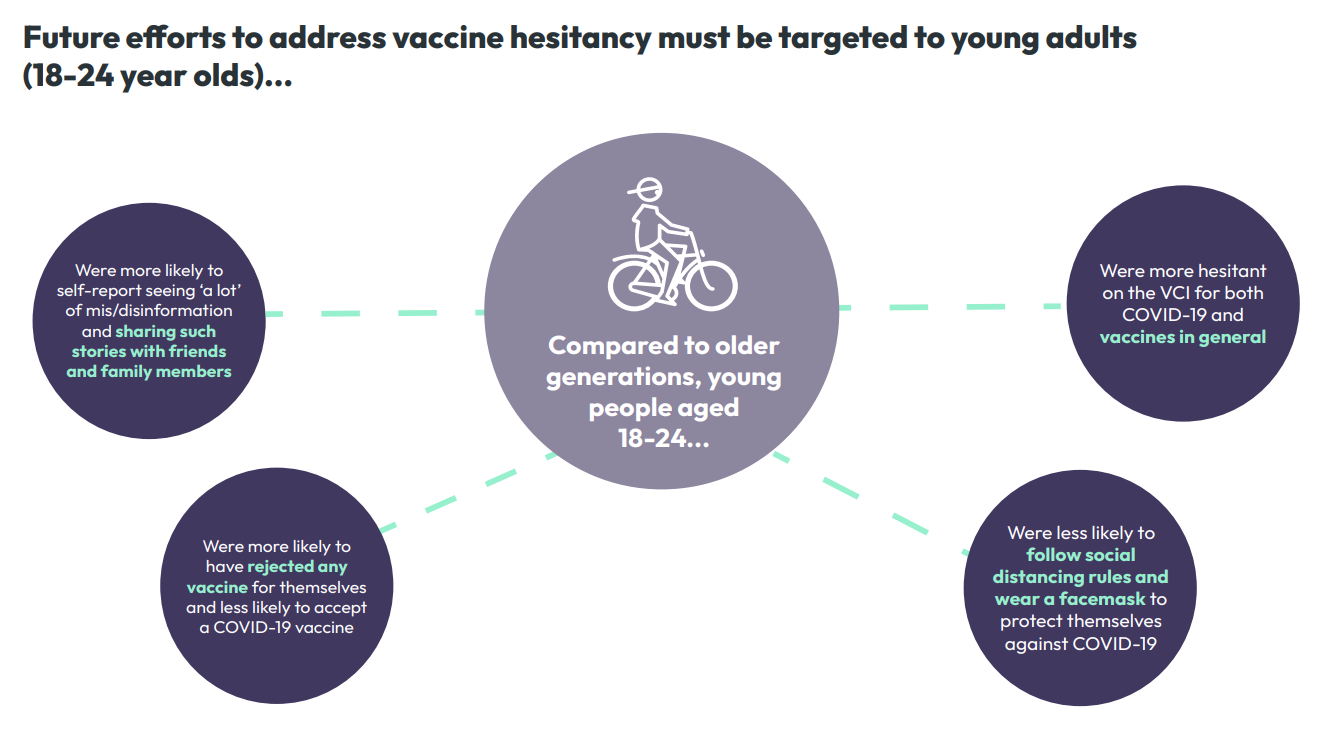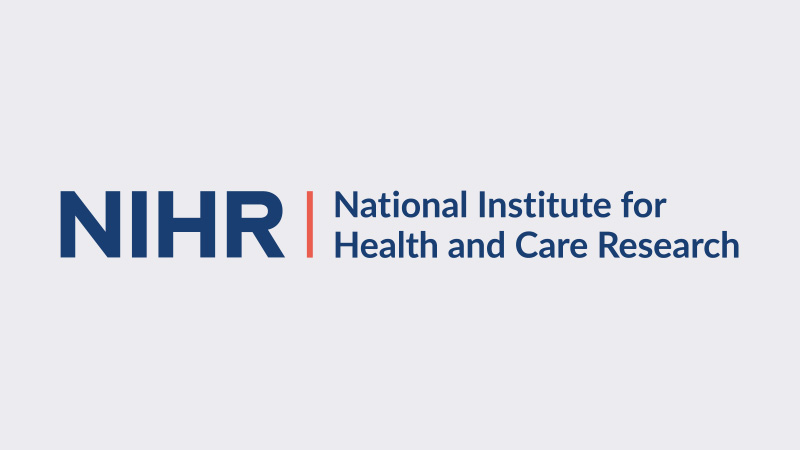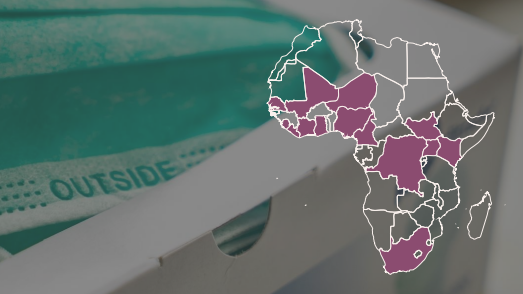A new report on the level of public confidence in vaccines among Europeans shows a strong majority believe vaccines are important, effective and safe.


A new report on the level of public confidence in vaccines among Europeans shows a strong majority believe vaccines are important, effective and safe.

Johnson & Johnson Global Public Health has created a series of unbranded research-based tools to equip vaccine confidence efforts in Africa.

This 2-page briefing provides an overview of the key trends and insights observed across the three waves of data collection that have been conducted as part…

Read the 2022 instalment of the VCPs bi-annual research report “The State of Vaccine Confidence in the EU,” which monitors public attitudes to vaccines across the continent.

Johnson & Johnson Global Public Health has worked with Fraym to create a series of geospatial mapping reports aimed at improving hyper-local understanding of vaccine hesitancy across sub-saharan Africa.

This briefing provides an overview of a roundtable discussion held by the VCP, Africa CDC and on the ground partners in…

Japan has one of the highest vaccine hesitancy rates in the world. However, few studies have assessed how mobile messenger apps affect COVID-19 vaccine hesitancy. This study used a cross-sectional survey to assess the impact of text messages from Corowa-kun – a free chatbot – on COVID-19 vaccine hesitancy amongst users.

Our research aims to reverse the decline in immunisation coverage in children, increase vaccine uptake in adults and reduce inequalities in the vaccine service.

This study aimed to assess changes in trends of parental attitudes toward routine childhood vaccines and COVID-19 vaccinations across different time periods in China.

This blog for COVIDaction outlines the COVID-19 vaccination context in Nigeria and…

These reports visualise findings from surveys fielded across 14 African countries in January 2022.

In this journal article, we draw findings and insights from the VCP’s decade-long monitoring of media and social media and its related research efforts.